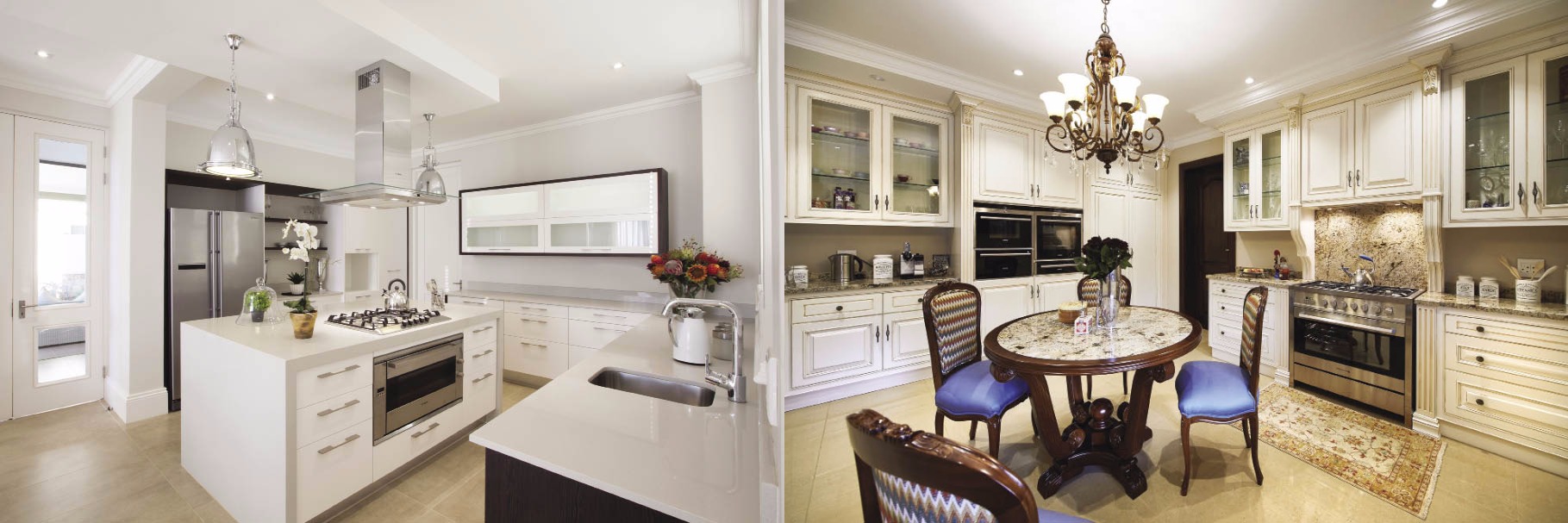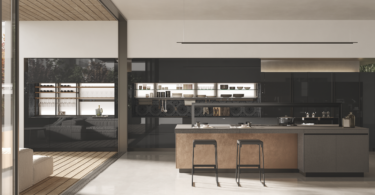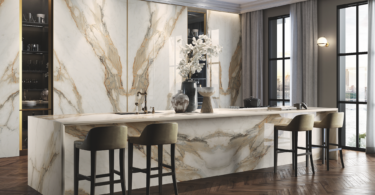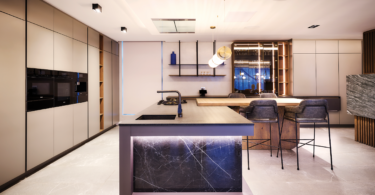You may think that selecting knobs and handles (ie: hardware) for your kitchen drawers and cabinets would be a no-brainer. But if you stop to consider how many times you’ll use them every day and that they can affect the overall look and function of your kitchen, it may be worth your while to make a more informed choice. Here are some things to consider…
Knobs vs handles – Knobs are usually less expensive, so you can change them to alter the look and feel of your kitchen at any time. They’re quick to install and you can mix and match novelty knobs for a bit of character. The look of them often gives a kitchen a more ‘homely’ feel, so they’re never out of place in a country kitchen or a more vintage setting. You can play with materials and finishes, from wood and porcelain to plastic and perspex (you’ll be amazed at what’s out there). Glass knobs, for instance, can add instant glamour and sparkle to a kitchen. You can even choose between various glass colours, shapes and styles (although, the more detailed and faceted the knob, the trickier it becomes to clean). There’s also no rule that says a knob has to be round. Square kitchen knobs can make a big impact.
Like knobs, handles also come in a variety of materials – from chrome and stainless steel, to bronze, polished brass and even twisted wrought iron. Most also come in different finishes, from glossy or satin types to dark antique finishes. There is a trend of matching handles to other kitchen fittings, such as polished chrome handles to match the kitchen taps, for example. Or matching brushed stainless-steel handles with that of your oven or fridge. Another trend it to combine two materials into one handle, such as wood with stainless steel.
Get a (good) grip – You want knobs and/or handles that feel good to the touch, are easy to grasp and that are sturdy enough to open whatever they’re attached to. For instance, pot drawers and other low-lying drawers that hold heavier items may need a longer handle for two hands to grip it at once or two knobs (one at each end). Place handles in such a way that they won’t hit one another when you open your cabinets. Also, the general rule of placement for handles is that they sit vertically on doors and horizontally on drawers.
Consider the people who use the kitchen too. Someone with large hands will struggle to open a drawer with a cup-hold pull where you have to use your fingertips to reach underneath and ‘scoop’ it open. Or an elderly person may have difficulty grasping a knob. Also, if you have little people around, you want to make it almost impossible for them to open doors and drawers. Drop handles are good options here. They have two pieces – a mounted portion that is secured to the drawer and a pull that dangles from it. Toddlers tend to battle with these.
Wear and tear – When buying kitchen knobs and/or handles, consider the material and finish and how well it will hold up to regular use. For instance, a handle with a very delicate or intricate design may prove tricky to clean or may scratch easily. Also, any shiny finish (such as chrome or brass) will show up scratches, fingerprints and cooking spills more easily. Matte-black, cast-iron handles are hardy, easy to grab and easy to clean – you won’t spot a fingerprint lingering here. If you want to avoid bumping into or catching your clothes and grocery bags on handle ends or knobs that jut out, rather opt for handles with flush ends that rest seamlessly against cabinets and drawers.
No handles required – If your aim is to create a less busy, more contemporary-looking kitchen, where you don’t want a handle on every cupboard door, why not put handles on all the lower units and keep all your overhead cabinets handle-free? This is easily done with doors that open by merely pressing down on the corner to ‘unlock’ a hidden magnet fixed to the back of the door. Or you could try a recessed lip built into the door for you to hook your fingers into to pull open. Even drawers can be customised to open with a single, quick press and then close again with an easy-glide, self-closing mechanism.
Have you got a question about choosing kitchen handles or perhaps you’d like to share your kitchen hardware discoveries with us? We would love to hear from you…











Leave a Comment